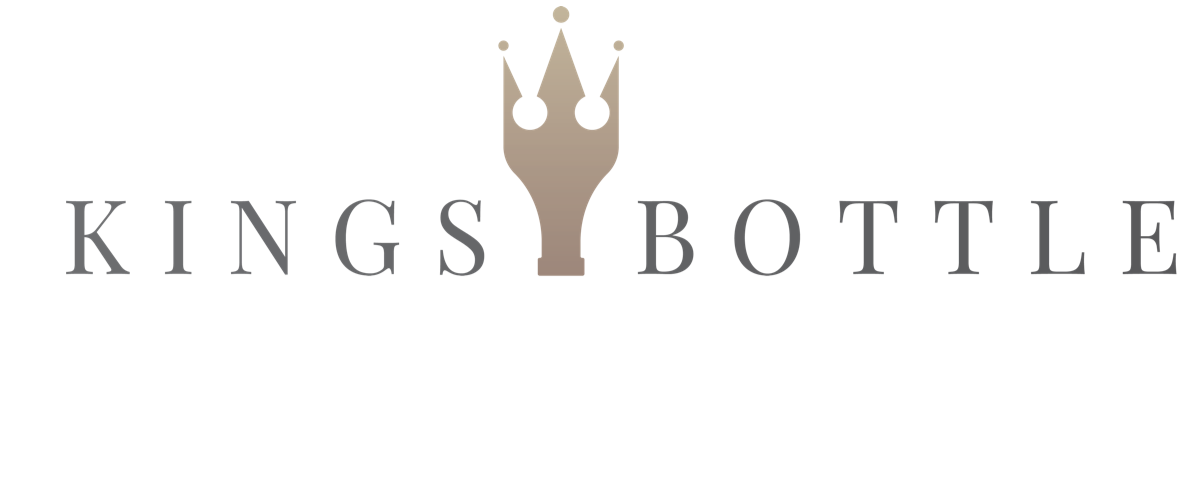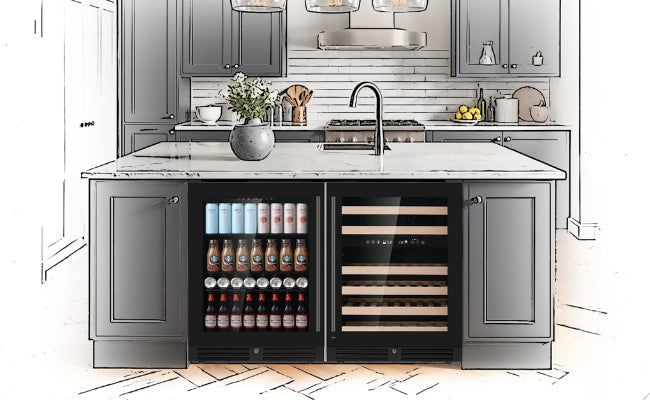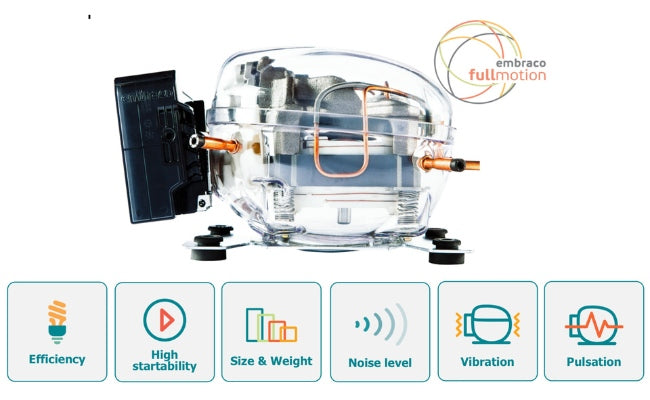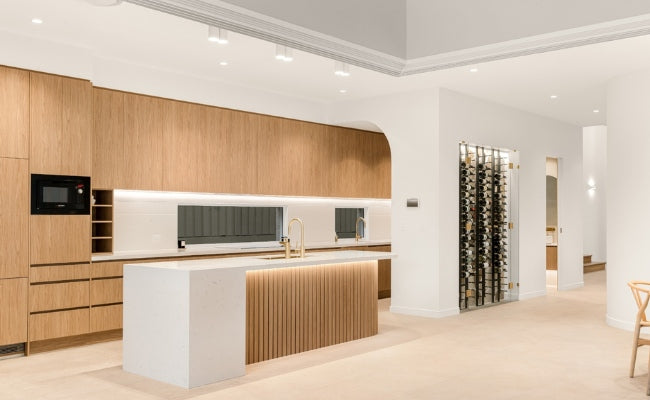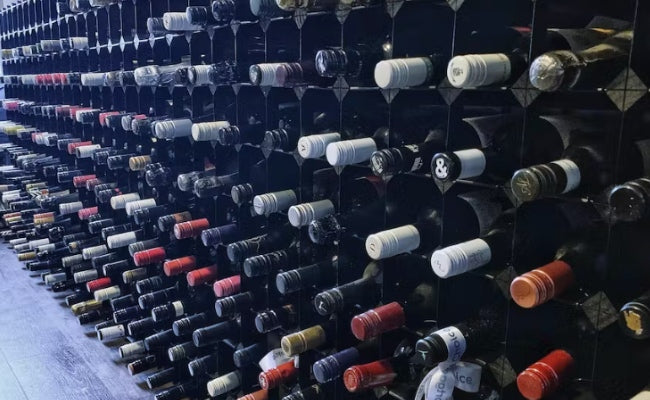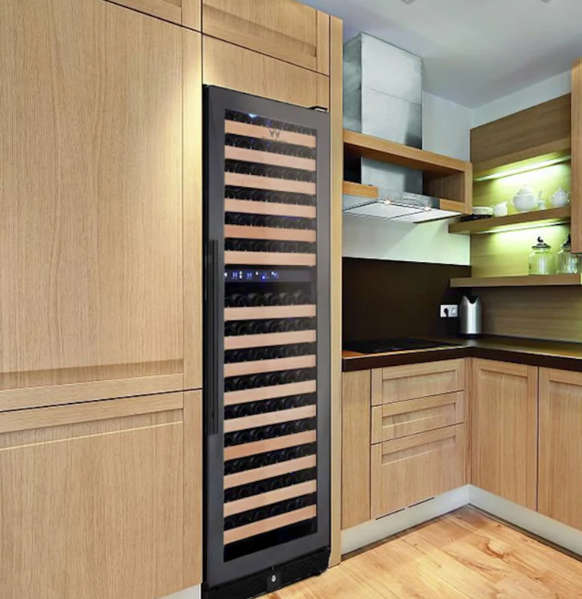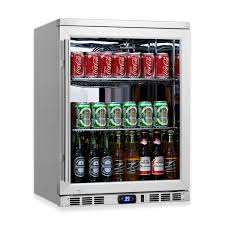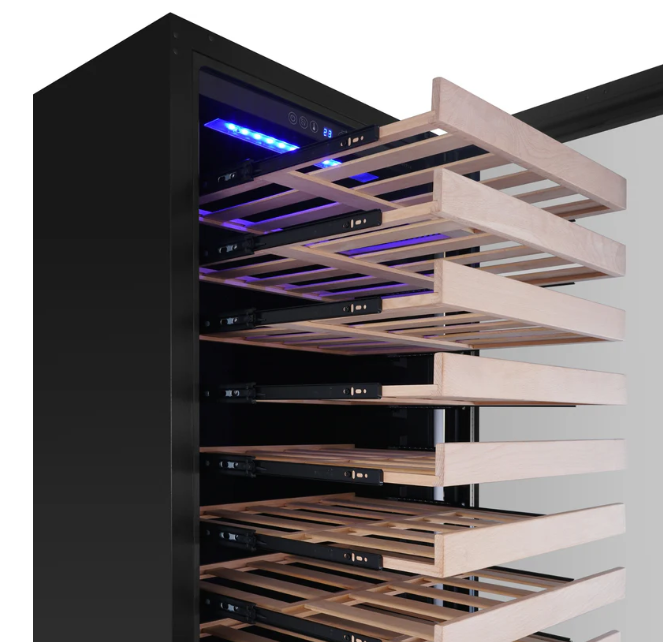
Why Sparkling Wine Needs Special Storage: Choosing the Right Wine Cooler
Sparkling wine is revered globally for its effervescence, elegance, and ability to elevate any occasion into something extraordinary. Whether it’s a fine Champagne from France, a vibrant Prosecco from Italy, or an artisanal Cava from Spain, sparkling wines offer a unique sensory experience that captivates wine lovers everywhere.
However, with their delicate composition and intrinsic carbonation, sparkling wines require specific storage conditions to preserve their quality and ensure they are presented at their best when opened. The factors that make sparkling wine so special—its bubbles, acidity, and sensitivity to temperature—are also what necessitate meticulous storage conditions. Without proper care, sparkling wine can lose its signature finesse, compromise its flavors, and even become undrinkable over time.
This is why investing in the right wine cooler designed for sparkling wine is crucial for both casual enthusiasts and serious collectors alike. In this article, we’ll explore why sparkling wine needs specialized storage, the unique considerations for preserving its quality, and how to choose the perfect wine cooler to meet these demands.
Why Sparkling Wine Requires Special Storage
Sparkling wines are unlike still wines in many ways. Their defining characteristic—effervescence—introduces unique challenges in terms of how they should be handled and stored. Several key factors contribute to why sparkling wine demands careful attention:
1. Pressure and Effervescence
Sparkling wine contains dissolved carbon dioxide gas, which gives it the iconic bubbles that rise elegantly in the glass. This carbonation creates significant pressure inside the bottle—typically around 5-6 atmospheres (equal to the pressure of a car tire). Such high pressure makes sparkling wine inherently more sensitive to temperature fluctuations and improper storage conditions.
Why pressure matters:
- Excessive heat can cause the gas to expand, potentially leading to cork leakage or even bottle explosion.
- Improper humidity levels can dry out corks, weakening their seal and releasing the all-important carbonation, leaving the wine flat and lifeless.
2. Acidity and Flavor Balance
Sparkling wines are prized for their bright acidity, vibrant fruit flavors, and intricate notes derived from secondary fermentation or aging. These elements are highly delicate and can degrade rapidly under incorrect storage conditions. Temperature plays a critical role in preserving the wine’s balance:
- Too much heat "cooks" the wine, dulling its flavors.
- Too much cold, particularly in an unstable environment, can damage the wine’s structure or lead to freezing, which compromises the wine’s integrity.
3. Light Sensitivity
Exposure to light (especially UV rays) can harm all wines, but sparkling wine is particularly vulnerable. Prolonged light exposure triggers chemical reactions that lead to off-flavors and a loss of the wine’s freshness. Hence, storage in a dark or low-light environment is essential for sparkling wine.
4. Bottle Shape and Storage Space
Sparkling wine bottles are thicker and heavier than still wine bottles to withstand the high pressure. They also feature a distinct shape, often with a pronounced punt (indentation) at the base. This design requires more space in storage. Storing these bottles safely and securely necessitates a wine cooler designed with larger slots or adjustable shelving.
The Importance of Temperature, Humidity, and Stability
When storing sparkling wine, three critical factors must be managed effectively: temperature, humidity, and stability. Each dictates how well the wine is preserved over time.
1. Temperature
Sparkling wine is extremely temperature-sensitive. The optimal storage temperature is 45-55°F (7-13°C), slightly cooler than the storage temperature range for still wines. Maintaining a consistent temperature within this range is vital, as fluctuations can disturb the wine’s composition and pressure balance.
Why temperature matters:
- Too warm: Accelerates aging of the wine and increases the risk of cork failure.
- Too cold: Risk of freezing and carbon dioxide loss, which diminishes the sparkling wine’s effervescence.
- Fluctuations: Cause expansion and contraction of the liquid and gases, destabilizing the wine.
2. Humidity
Humidity is essential for maintaining cork integrity. Sparkling wines benefit from a storage environment with a relative humidity of 50-70%. If humidity falls below this range, corks may dry out, shrinking and allowing unwanted air and contaminants into the bottle. Conversely, excessive humidity can encourage mold or damage wine labels.
3. Stability (Vibration-Free Environment)
Sparkling wine is highly sensitive to vibrations. Constant movement disturbs the sediment, interferes with the aging process, and may damage the wine’s texture. A vibration-free environment ensures the sparkling wine remains stable and balanced over time.
Key Features of Wine Coolers Suitable for Sparkling Wine
A high-quality wine cooler is the ultimate tool for ensuring your sparkling wines are stored correctly. Not all wine coolers are created equal, though, and specific models are designed to meet the needs of delicate wines like Champagne, Prosecco, and other sparkling varieties. Below are the key features to look for when choosing a wine cooler:
1. Temperature Control
- Opt for a wine cooler with precise temperature control, allowing you to set and maintain specific temperatures suitable for sparkling wines (around 45-55°F).
- Dual-zone wine coolers are ideal if you plan to store both sparkling wine and still wines, as they allow separate compartments with different temperature settings.
2. Humidity Control
Not all wine coolers feature humidity control, but this is an essential function for sparkling wine storage. Look for models equipped with built-in humidity management systems to maintain optimal cork condition.
3. Vibration-Free Compressor
Choose a wine cooler with a low-vibration compressor system to avoid disturbing the delicate balance of sparkling wines. Many high-end models are specifically designed to minimize vibrations.
4. UV-Protection and Insulation
Wine coolers with UV-resistant glass doors help shield the bottles from harmful light exposure. Proper insulation further protects the contents from external temperature fluctuations.
5. Adjustable Shelving
Because sparkling wine bottles are larger and heavier, a wine cooler with adjustable or reinforced shelving is crucial. Ensure the racks are wide enough to accommodate sparkling wine bottles without risking damage.
6. Capacity and Size
The size of the wine cooler should align with your collection needs. If you have a small but premium selection of sparkling wines, a compact 12-bottle cooler may suffice. However, larger collections may require a freestanding wine refrigerator with a 50-100 bottle capacity.
7. Quiet Operation
For home installations, quieter wine coolers are an excellent choice. Sparkling wine storage should not introduce unwanted noise, particularly if the cooler will be placed in a living space.
Types of Wine Coolers for Sparkling Wine
Wine coolers vary widely in size, purpose, and design. Below is a breakdown of common types of wine coolers and how they serve the needs of sparkling wine storage:
| Wine Cooler Type | Best For |
|---|---|
| Single-Zone Coolers | Users who exclusively store sparkling wines and can set the cooler within the optimal sparkling wine range (45-55°F). |
| Dual-Zone Coolers | Collectors storing both sparkling wine and other types (e.g., reds and whites) that require different temperatures. |
| Countertop Models | Small collections or casual sparkling wine drinkers with limited space. |
| Built-In Wine Refrigerators | Serious wine enthusiasts who desire a seamless, integrated look in their kitchen or bar area. |
| Freestanding Units | Larger collections or those requiring a dedicated space separate from the main living area. |
Pro Tip: Evaluate Installation Requirements
When selecting a wine cooler, consider whether you need a built-in or freestanding model. Built-in units are designed to fit flush within cabinetry, while freestanding units require ample ventilation space to prevent overheating.
How to Store Sparkling Wine in a Wine Cooler
Proper storage in a wine cooler ensures your sparkling wines maintain their integrity while being readily accessible for serving.
1. Store Bottles Horizontally
Laying bottles horizontally keeps the cork moist, preventing it from drying out and compromising the seal. Sparkling wine bottles with crown caps or synthetic closures may not require horizontal storage, but it’s still a practical habit for optimizing space.
2. Avoid Overcrowding
Overcrowding limits airflow and increases the risk of bottles jostling or being damaged. Leave space between bottles for easy access and optimal cooling.
3. Maintain Consistent Conditions
Ensure your cooler’s settings remain constant—avoid frequently adjusting the temperature or opening the door unnecessarily. Each disturbance introduces instability.
4. Clean and Inspect Regularly
Regularly clean the wine cooler to prevent dust buildup, which can affect cooling efficiency. Inspect corks and seals periodically to ensure they remain intact.
Why the Investment in a Quality Wine Cooler is Worthwhile
For sparkling wine enthusiasts, investing in the right wine cooler goes beyond convenience—it’s a safeguard for your collection. The benefits include:
- Preservation of Quality: Ensures your sparkling wines remain flavorful, bubbly, and true to their intended profiles.
- Protection of Investment: Premium sparkling wines can be costly, and a proper wine cooler protects your financial and emotional investment.
- Convenience and Accessibility: Provides peace of mind, knowing your sparkling wines are stored under perfect conditions and ready for serving when needed.
